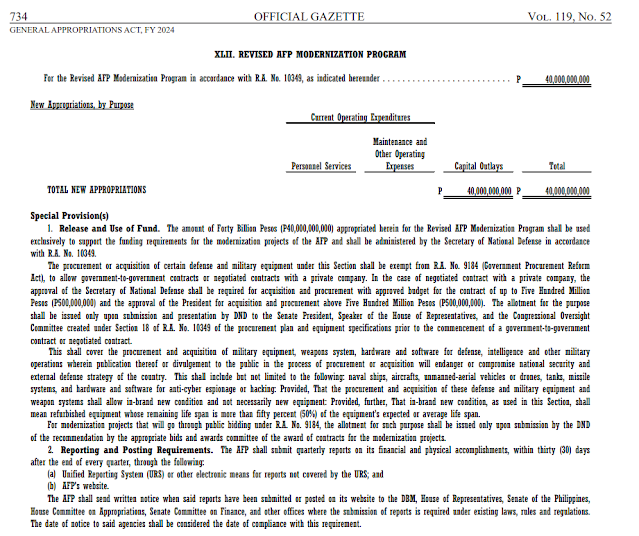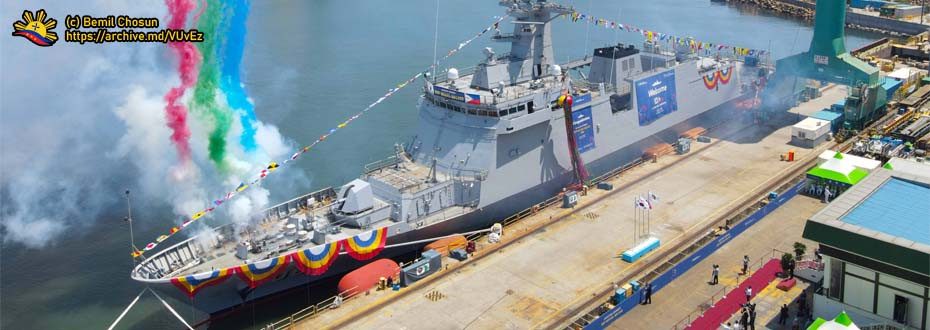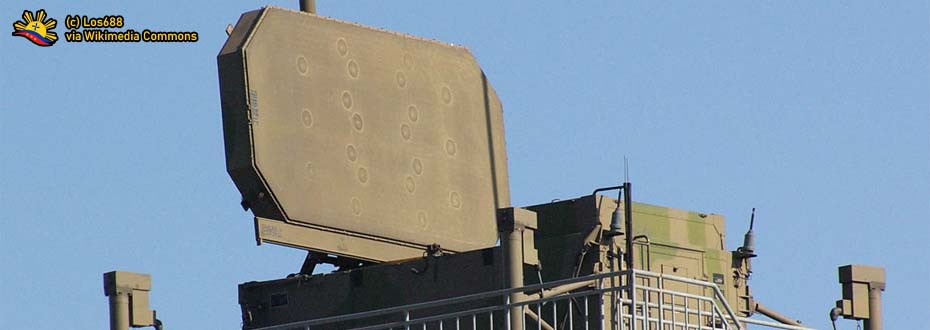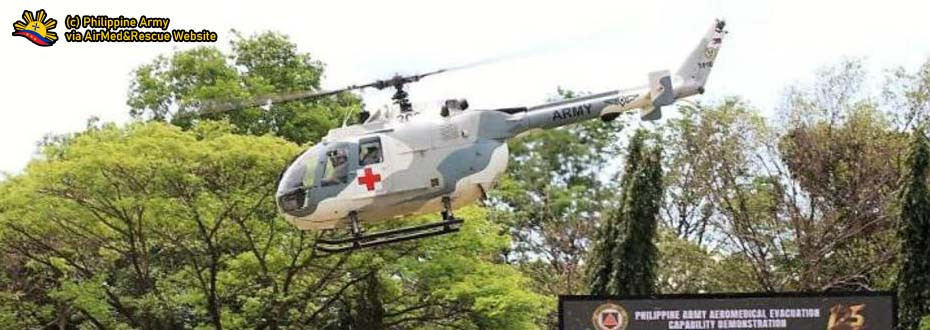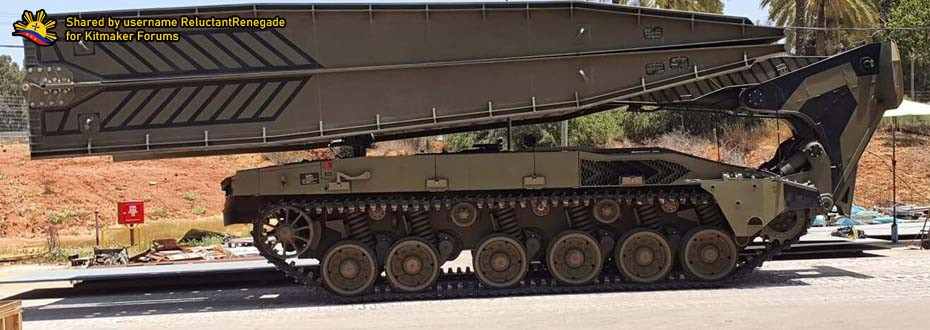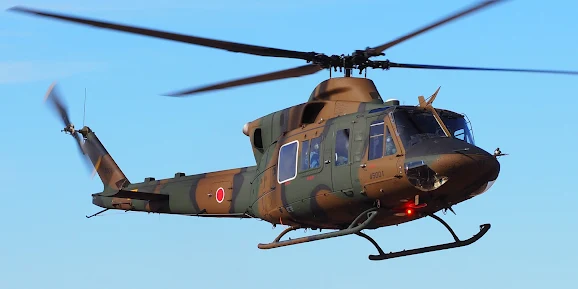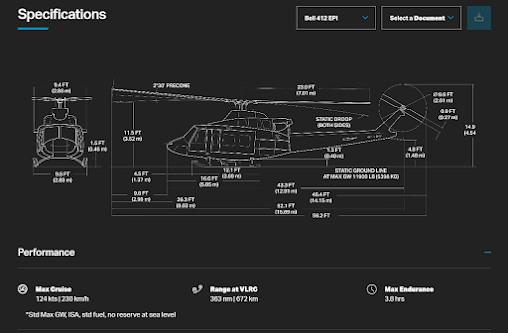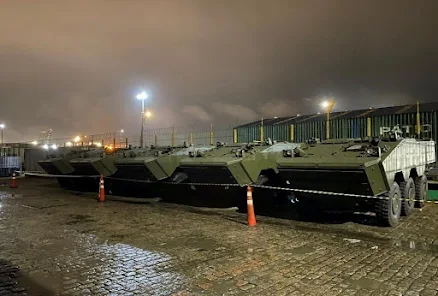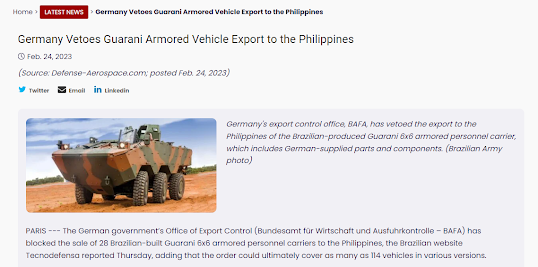 |
A Chaplain from the Philippine Armed Forces blessing the Bell 412 Helicopter.
(c) Jay Directo, Getty Images. |
Understanding the development of the Bell 412 helicopter and the rationale behind the push for its inception is essential to know more, especially that it influences the overall capabilities of the Philippine Air Force and the entire Armed Forces of the Philippines regarding its airlifting capabilities, as it helps augment both the older UH-1 Huey Iroquois Combat Utility Helicopters and the newer Sikorsky S-70i Black Hawk Helicopters that both serve as rotary airlifting workhorses of the air service branch.
This eventually paved the way for its first introduction into the commercial and military markets two years later in 1981, as Bell Helicopters officially detailed it
in this entry right here.
Since the introduction, there are many design changes that were introduced to the Bell 412 that come nonexistent to the earlier variants of the lineage under the UH-1 Huey Combat Utility Helicopters, like the Bell 212s it used as a reference.
One of those things is the
new four-blade rotor design that makes it distinctive to the Bell UH-1 Huey Iroquois Helicopters that the Philippine Air Force have in its inventory, whereby it provides an improved performance on the overall maneuverability of the aircraft while reducing noise and vibration.
Aside from just the new four-blade rotor design, the materials used for the manufacturing of these blades
also come as an improvement, whereby it composes of glass-fiber and
Nomex honeycomb, while incorporates a titanium abrasion strip on the rotor edge, has lightning-protecting mesh within the blade structure, and also has provisions to include deicing heater elements if required, especially in colder areas which is nonexistent in the Philippines. There are many variants of this helicopter which will get discussed later.
Speaking of variants, the latest version of the Bell 412 Helicopter developed by Bell Textron Helicopters is with
Subaru Corporation’s Bell 412EPX Utility Helicopter variant, which is exactly the one recently exported to the country of Guatemala, and also the one being marketed by Bell Helicopters as the
most advanced version of the Bell 412 Helicopter currently in production. It may not be surprising if the Philippine Air Force’s Additional Utility Helicopter Acquisition Project may come with this version, originated from the Japanese company.
Another interesting feature added with the Bell 412 Utility Helicopter at its first introduction in 1981 is with its integrated systems, especially on its
main transmission chip detectors that can help pilots into troubleshooting in case there is a problem with the Helicopter aside from its feature that protects the system, especially with its engine and the mechanism that now comes with five (5) out of six (6) interchangeable shaft sections its drive system.
And of course, since its introduction in the early 1980s, the Bell 412 Utility Helicopters undertake multiple improvements with each version or variant gets introduced into the market, whereby every version gets discussed thoroughly as we go on in this article, as this is also essential given that there is a difference with the current versions of the Bell 412 Combat Utility Helicopters that the Philippine Air Force currently have, as opposed to the
recent variant currently produced by a Japanese aerospace firm in-license.
THE VARIANTS
 |
Royal Canadian Air Force’s CH-146 Griffon Utility Helicopter.
Image Source. |
Like any other military hardware since its introduction, many variants and improvements have made for the platform, which has purposes that range from complying with the specific requirements of a civilian or military entity or presenting a better, capable platform that comes with marketing stint that entices existing customers to purchase additional or replacement assets, while encouraging potential customers to try to eventually to get their hands-on the platform.
The Bell 412 Combat Utility Helicopter is no different in this continuous upgrade and improvement path, as newer variants get introduced with newer upgrades, if not introducing
licensed copies that come as the latest iteration of the utility helicopter platform.
This is what the aeronautics arm of the Japanese company Suzuki Corporation has with its latest
Bell 412EPX helicopter, whereby it comes with newer avionics and also its Pratt & Whitney Canada PT6T-9 Twin-Pac engines.
Just like the Bell 412EPX (or UH-2 while in-service within Japan Self-Defense Force), the Bell 412EPI made by Bell Helicopters Canada that almost sold to the Philippine Air Force in 2018 also came with the same
Pratt & Whitney Canada PT6T-9 Twin-Pac engines, of which it comes as an improvement in performance capabilities for the Utility Helicopter as compared to the older, legacy Bell 412EP like the one Philippine Air Force have purchased (five units) in the mid-1990s and still operational to this day.
Aside from the ones mentioned, there are more variants that define the Bell 412 Utility Helicopter and the effectiveness of its design that still serves the civilian and military entities that operate these platforms currently. One of those examples is the Canadian CH-146 Griffon that is currently in service with the Royal Canadian Air Force, of which
they operate at least 85 units out of 100 originally ordered from the Canadian office of Bell Helicopters. All of which may undertake its
life extension program.
Another thing to point out is the variants derived from other aerospace manufacturers that have secured the license to produce the Bell 412 Utility Helicopter. This is clearly the case with Italy’s Agusta (now part of Leonardo Helicopters), of which the helicopters built through this production line count as an
Agusta-Bell 412 or AB-412 Utility Helicopter. This is also a similar case for its Agusta-Bell 412EP or AB-412EP variant, as this is just the Bell 412EP Utility Helicopter produced in Italy under license.
Still regarding the licensed copies, it is an interesting note that
Indonesia’s PT Dirgantara produces the Bell 412 helicopters for the Indonesian Military and also several civilian customers in the country, whereby it comes as its own variant as the
“NBell 412” Utility Helicopter, although the Indonesian aerospace firm markets it as the conventional Bell 412 helicopter without the variant designation.
Hence, the number of licensed copies and variants introduced serves as a testament to the success of the Bell 412 Utility Helicopter design, itself being an improvement over the multiple iterations of the helicopter that a Textron subsidiary has provided, with its foundations being the Bell UH-1 Huey Iroquois Combat Utility Helicopters, itself being an iconic Vietnam War-era helicopter that many countries, the Philippines included, still sees its importance even to this day.
SPECIFICATIONS
We are now in the most interesting part of this topic, which is to delve deeper on the specifications of the
Bell 412 helicopter, especially the Bell 412EPI/Bell 412EPX as produced by Bell Helicopters and Japan’s Subaru Corporation, as this is likely the path that the
Philippine Air Force may go in acquiring such additional combat utility helicopters to augment its existing units in inventory as this acquisition, once pushed through,
may supersede the older Bell 412EP units along the way.
The
image above shows the basic dimensions of the Bell 412EPI Utility Helicopter, especially with the length of its fuselage to the tail of the helicopter which is at 12.91 meters, the length of each helicopter blade that is at around 7.01 meters, the height of the helicopter up to the base of the blades coming at around 3.52 meters, and the width of the fuselage which is at around 2.89 meters. Add also that the height accounts for the space of the fuselage to the ground with the landing skids, which is at 0.40 meters.
Some additional information includes the maximum seating inside the helicopter, which is at around 15 personnel overall (including the crew), standard fuel capacity of 1,251 liters or 331 US gallons, max gross weight of around 5,398 kilograms, cabin volume of 6.2m³, empty weight (IFR standard configuration) of around 3,207 kilograms, useful load of 2,190 kilograms, and cargo hook capacity of 2,041 kilograms. The weight listed influences the overall performance of a helicopter like the Bell 412EPI Combat Utility Helicopter.
In comparison,
the specifications for the Sikorsky S-70i Black Hawk Helicopters that the Philippine Air Force comes with a larger fuselage and capacity as based on its dimensions and details provided by the subsidiary of Lockheed Martin, as the length of its fuselage to the tail of the helicopter comes at 15.26 meters, rotor diameter of around 16.36 meters or 8.18 meters for the length of each helicopter blade. The width of the Black Hawk is at 4.37 meters and the height is at 3.76 meters.
This means that while the Bell 412 helicopter may carry 15 personnel overall as compared to S-70i Black Hawk’s 13 (11 troops plus 2 crew), the latter comes with a better cabin volume of 11.22m³, allowing for more cargo to get carried onboard, which is very useful especially for the Philippine Air Force’s disaster relief operations as it carries a lot of supplies and goods needed for affected civilians during natural calamities. Black Hawk’s Maximum Takeoff Gross Weight, in this context, is at 9,979 kilograms.
This, of course, does not mean that the Bell 412 Utility Helicopter comes as a lesser capable platform, as this descendant of the Bell UH-1 Huey Iroquois Combat Utility Helicopter comes as more capable than the aforementioned predecessor, which is not surprising given that this is an example of how the UH-1 base design gets improved through time. For example, the
Bell UH-1’s passenger capacity comes at 11 people (9 passengers and 2 crew) onboard, and a cubic volume of
208ft³ to
220ft³, or
5.89m³ to
6.23m³.
Completing this up, the
Bell UH-1 Combat Utility Helicopter’s power plant composes of a single 1,400shp (1,044 kW) Lycoming T53-L-13 turboshaft engine that has the performance that provides the max speed that is at 148 mph (238 km/h), cruising speed of 127 mph (204 km/h), and service ceiling of 12,600ft. Overall, the advanced avionics and improved engines helped the Bell 412 helicopters augment the existing ones, especially this acquisition project that the Philippine Air Force embarks to-date.
TO SEE WHAT REMAINS...
 |
A Bell 412 Utility Helicopter parked in the helipad as the sun rises in the sky.
Image Source. |
The Philippine Air Force aims to get more brand new Bell 412 Combat Utility Helicopters for its fleet, despite that it has a bulk order of 32 more S-70i Black Hawk Helicopters from Sikorsky’s subsidiary PZL Mielec in Poland, as this acquisition has the augmentation in mind as relying to a single type of helicopter may cause problems in an event of a catastrophic crash that
may prompt the grounding of helicopters such l
ike in this incident involving a S-70i Helicopter that paralyzes the airlifting operations of the organization.
With this, the released Special Allotment Release Order or SARO by the Department of Budget and Management or DBM to fund for the 15% down-payment for the contract of this project is a clear indicator of a project currently and actively in its implementation and materialization phase, whereby it comes closer to fruition that the Philippine Air Force secures its additional Bell 412 Combat Utility Helicopters of a newer variant to keep sustain its rotary airlifting operations.
Apparently, the variant of the Bell 412 Combat Utility Helicopter that the Philippine Air Force aspires to get comes from Japan’s Subaru Corporation, whereby the UH-2 or Bell 412EPX Helicopter is the latest and currently produced variant of the Bell 412 helicopter, whereby the
Japan Ground Self-Defense Force have purchased several units as it aims have its
older Bell UH-1J Helicopter slowly replaced. The latter utility helicopter mentioned is also the one that the Philippine Army actually has its eyes set on getting.
Currently, there are at least thirteen (13) units of Bell 412 Combat Utility Helicopters currently serving in the Philippine Air Force, whereby by adding at least eight (8) more will make the air service branch have at least twenty-one (21) units actively serving for the military’s rotary airlifting organization, complementing the existing ones that have purchased by the Department of National Defense
in the 1990s and
in the 2010s, when the Horizon 1 of the Revised AFP Modernization Program is in force.
The experience that the Philippine Air Force has in operating and maintaining its older UH-1 Huey Iroquois Helicopters before the bulk of orders for the likes of
Sikorsky S-70i Black Hawk Combat Utility Helicopters in the current date helped the air service branch of the Armed Forces of the Philippines into securing its first and second batch of Bell 412 Utility Helicopters in the mid-1990s (under R.A. 7898) and in the mid-2010s, when the Horizon 1 of the Revised AFP Modernization Program is on its full push.
This means that the Philippine Air Force may ultimately have at least two (2) types of Combat Utility Helicopters in its fleet of rotary aircraft, as it aims at
decommissioning its older UH-1 Huey Iroquois Helicopters from active service, eventually. The replacements for the legendary combat utility helicopter may help further improve the rotary airlifting capabilities of the air service branch of the Armed Forces of the Philippines in both wartime and peacetime aspects, with the latter leaning more on disaster response.
Ultimately, the acquisition of additional Bell 412 Combat Utility Helicopters may help further replenish the fleet which, in its totality, will get at least 68-69 combined units of both Bell 412 and Sikorsky S-70i Black Hawk helicopters, further sustaining its primary workhorse needs in transporting goods and personnel across the country, especially in remote areas not accessible by road vehicles and fixed-wing aircraft. This capability is essential for the Philippine military’s nationwide logistics chain development.


